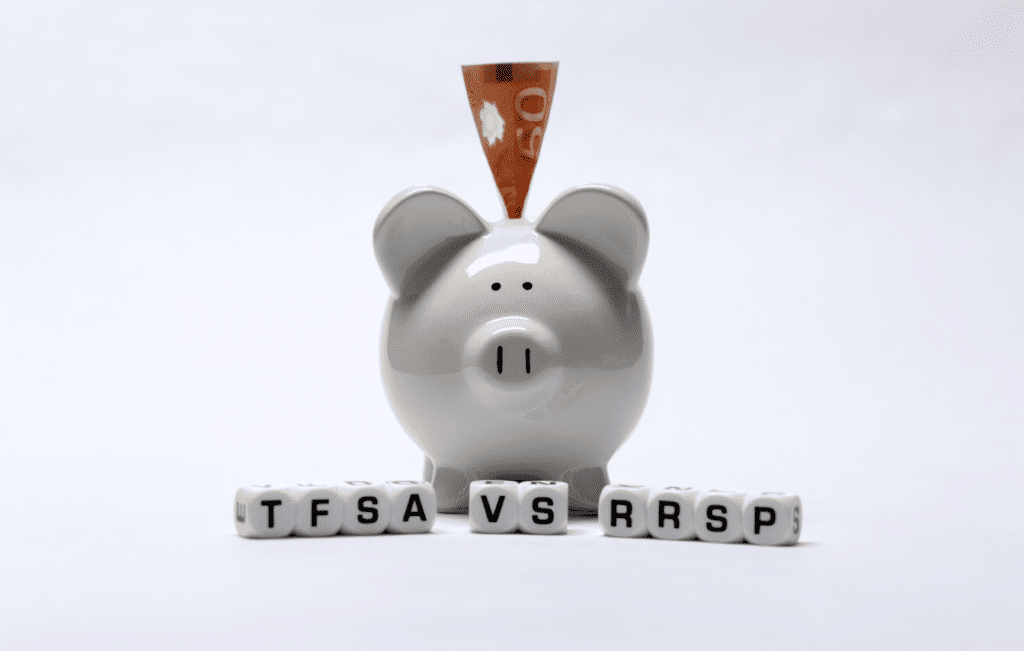When it comes to saving for your future, two of the most popular options available to Canadians are Registered Retirement Savings Plans (RRSPs) and Tax-Free Savings Accounts (TFSAs). Both options offer unique benefits, but which one is the better choice for you? In this article, we will take a closer look at both RRSPs and TFSAs, comparing their pros and cons, so that you can make an informed decision about which savings vehicle to choose.
Table of Contents:
- What is an RRSP?
- What is a TFSA?
- The Pros and Cons of RRSPs
- The Pros and Cons of TFSAs
- How to Choose Between an RRSP and a TFSA
- Conclusion
What is an RRSP?
An RRSP is a registered savings plan that allows you to set aside money for retirement on a tax-deferred basis. This means that contributions made to an RRSP during the year are tax-deductible, which can help to lower your taxable income. Additionally, the investment income earned inside an RRSP is tax-free until it is withdrawn.
What is a TFSA?
A TFSA, on the other hand, is a registered savings plan that allows you to set aside money for any purpose on a tax-free basis. Contributions made to a TFSA are not tax-deductible, but any investment income earned inside a TFSA is not taxed, and withdrawals are also tax-free.
The Pros and Cons of RRSPs
One of the biggest advantages of RRSPs is that they offer a tax break on contributions made during the year. This can help to lower your taxable income, which can result in a lower tax bill. Additionally, since the investment income earned inside an RRSP is not taxed, you can potentially earn a higher return on your savings over time.
However, there are also some disadvantages to consider. One of the biggest drawbacks of RRSPs is that withdrawals are taxed at your marginal tax rate at the time of withdrawal. This means that if you expect to be in a higher tax bracket at retirement than you are currently, an RRSP may not be the best option for you.
The Pros and Cons of TFSAs
One of the biggest advantages of TFSAs is that withdrawals are tax-free, regardless of your income at the time of withdrawal. This makes them a good option for people who want to save for short-term goals like a vacation or a down payment on a house, as well as for people who expect to be in a higher tax bracket at retirement than they are currently.
The downside of TFSAs is that contributions are not tax-deductible, which means that you will not receive a tax break for the money you set aside in a TFSA. Additionally, unlike RRSPs, there is a contribution limit on TFSAs.
How to Choose Between an RRSP and a TFSA
When deciding between an RRSP and a TFSA, the first thing to consider is your current income and tax bracket. If you expect to be in a lower tax bracket at retirement than you are currently, an RRSP may be the better choice, as you’ll pay less tax on the money you withdraw.
Additionally, if you are planning on investing your savings into something that will yield high return, it’s RRSP account will be more beneficial in tax wise. On the other hand, if you expect to be in a higher tax bracket at retirement than you are currently, or if you want to save for short-term goals, a TFSA may be the better choice.
Another important factor to consider when choosing between an RRSP and a TFSA is your savings goals. RRSPs are typically used to save for retirement, while TFSAs can be used to save for any purpose. If you are looking to save for a specific goal, such as buying a home or starting a business, a TFSA may be the better choice because you can withdraw the money tax-free whenever you need it.
It is also important to consider the contribution limits for both options. The contribution limit for RRSPs is based on your earned income, and any unused contribution room can be carried forward. On the other hand, the contribution limit for TFSAs is fixed, and any unused contribution room cannot be carried forward.
Conclusion
In conclusion, both RRSPs and TFSAs have their own advantages and disadvantages, and the best option for you will depend on your individual financial situation and goals. It is always a good idea to consult with a financial advisor to determine which savings vehicle is best for you.
In the end, it can be said that the best strategy is to use both the options, RRSP and TFSA, in combination to maximize the benefits and reach your financial goals. This can be done by determining your short-term and long-term goals, and invest accordingly in the two accounts.
If you need professional help you call Contact Us
Our experienced tax professional will help you

